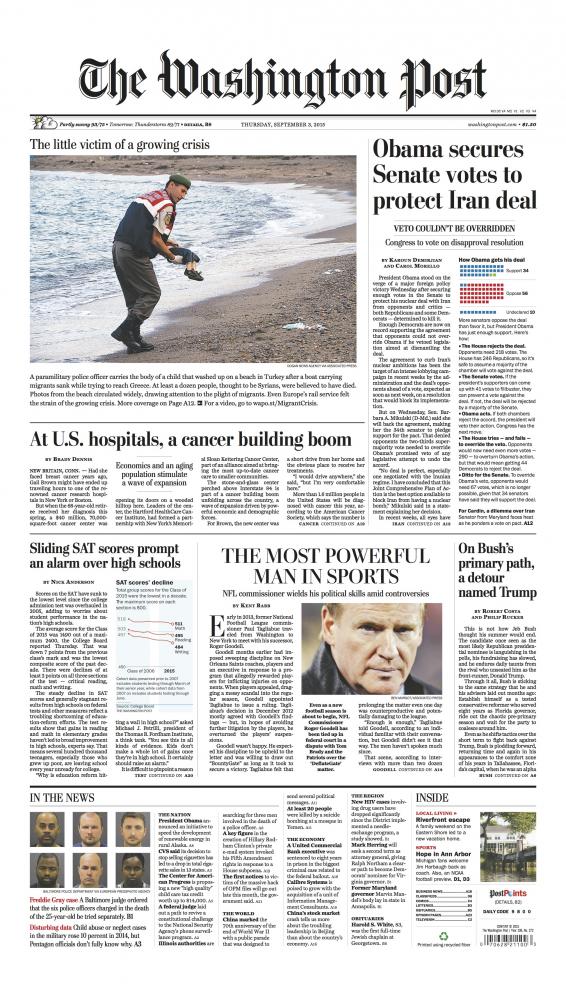"The Syrian Boy" and Why Photo Editing is So Important
by Kristen McNicholas | published Sep. 21st, 2015
Just like how a copy editor edits words, a photo editor edits photographs to sort out the strong from the weak. Picture editing isn't about Instagram filters or Photoshop; it's a career built around showing the public the important pictures to tell a story.
The term “photo editing” is often misunderstood to be what you’re doing when you apply an Instagram filter or doctor a photograph in Photoshop. In the photojournalism industry, that isn't the case. A photo editor, like a copy editor, is the person that looks through the whole piece and picks out the content that will get your attention, make you care and educate the audience in some way or, if anything, generate an emotional response in the viewer. The photo editor is the image’s gateway between photographers and the audience and is typically the person who has last say in what photographs go to publication. It is often put on the photo editor’s shoulders to make the ethical decisions about running a picture for publication when it could be seen as disturbing or upsetting. A picture should never be published for pure shock-value and that alone. It is crucial the audience learns something.
Remember the picture of the little Syrian toddler, Aylan Kurdi, who washed up dead on the shores of Turkey after his family’s refugee boat escaping Syria capsized? Many of you might have been offended or upset to see something so horrific but the reality is that running photographs like that one can open the world’s eyes and inspire change. Sure, that sounds like some naive mumbo-jumbo, but think about it; did you honestly think of how serious the Syrian refugee problem was until the tiny body of that little boy showed up in your newsfeed?
Let’s be honest, would you care about Aylan if you saw a headline reading “SYRIAN BOY DROWNS FLEEING TO TURKEY”? Probably not. You wouldn't know his age, you couldn't see how tiny he is and how much of a life he should have had outside of the hellhole his family was trying to escape. You wouldn't see the Turkish paramilitary officer gingerly carrying his body off the beach. You wouldn't see the other picture of his father grieving over the loss of his wife as well as his two sons while trying to flee a country that might be the death of them if they stayed, regardless.
The significance or newsworthiness of a picture is an important factor in decision making because, at the end of the day, if it isn't influential and the audience won’t learn anything new about an issue or event, the picture editor has no reasonable justification for running the photograph. However, in the case of Aylan, the world had been shaken in an educational way. Some readers needed to see the devastating effects of the mass exodus of Syria in the form of a small deceased child to open their eyes and understand an issue outside of their home country.
We tend not to care about things we can’t see. Unfortunately, we also have a tendency to count out important events in the world because they’re simply not close enough to us. The Middle East is far away, we don’t have children dying trying to leave this country on a boat and we’ve never experienced a government as wretched as Syria’s. If we can’t understand it, why does it matter?
Photo editors around the world had to make a decision if that picture would run or not, and thankfully many ran it. There's a lot of reasons why this photo wouldn't normally have been run: there’s death, there’s a child, and there’s the death of a child, but Aylan and his family’s story are important things, and this picture’s presence in the media has helped make the world wake up.



